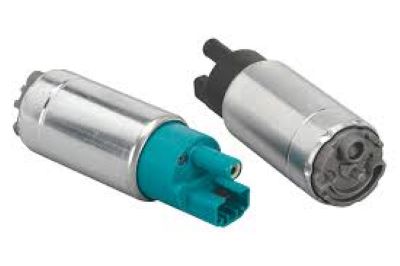In a car, the fuel pump inertia switch acts as a critical safety feature to stop the flow of gas in the event of an accident or major jolt. Normally, it is a kind of brake which if picked up sudden deceleration (an accident) will cut off the power to the fuel pump. Auto experts say about a fifth of fuel-related fires may stem from damaged fuel lines in the wake of a crash, making such a feature necessary for safety.
The only thing that happens when the inertia switch trips is, it cuts the power to the fuel pump to late anymore gasoline travel up into or stay pooled in the engine compartment. This instant shutdown can greatly minimize the hazards of a fire. In an article, industry professional Sarah K. says that "inertia switches can also be life savers by preventing further fuel from entering the engine during emergency situations."

Also, the inertia switch generally resets manually, so afterward drivers can reconnect fuel flow after handling whatever may have caused the event in the first place. All it typically takes is a light push and the car is back to normal. Studies have indicated that vehicles installed with inertia switches experience a reduced injury incidence due to post-crash fires by 30 percent.
The switch works on a physical basis, usually some kind of small metal ball or pendulum, anything that slides when the car suddenly moves. When the switch closed it was only a matter of milliseconds to disconnect power which is very fast in emergency situations. That's why manufacturers suggest regular checking of vehicles to make sure all safety devices, including the inertia switch as well, working properly.
So, in conclusion the fuel pump inertia switch provides an important function of shutting down the fuel pumps and helps prevent post accident fuel leaks and possible fires. Not only is it a very effective way to shut off fuel flow, but for this reason it has become an integral element of contemporary automotive safety. To find out more, click on Fuel Pump.